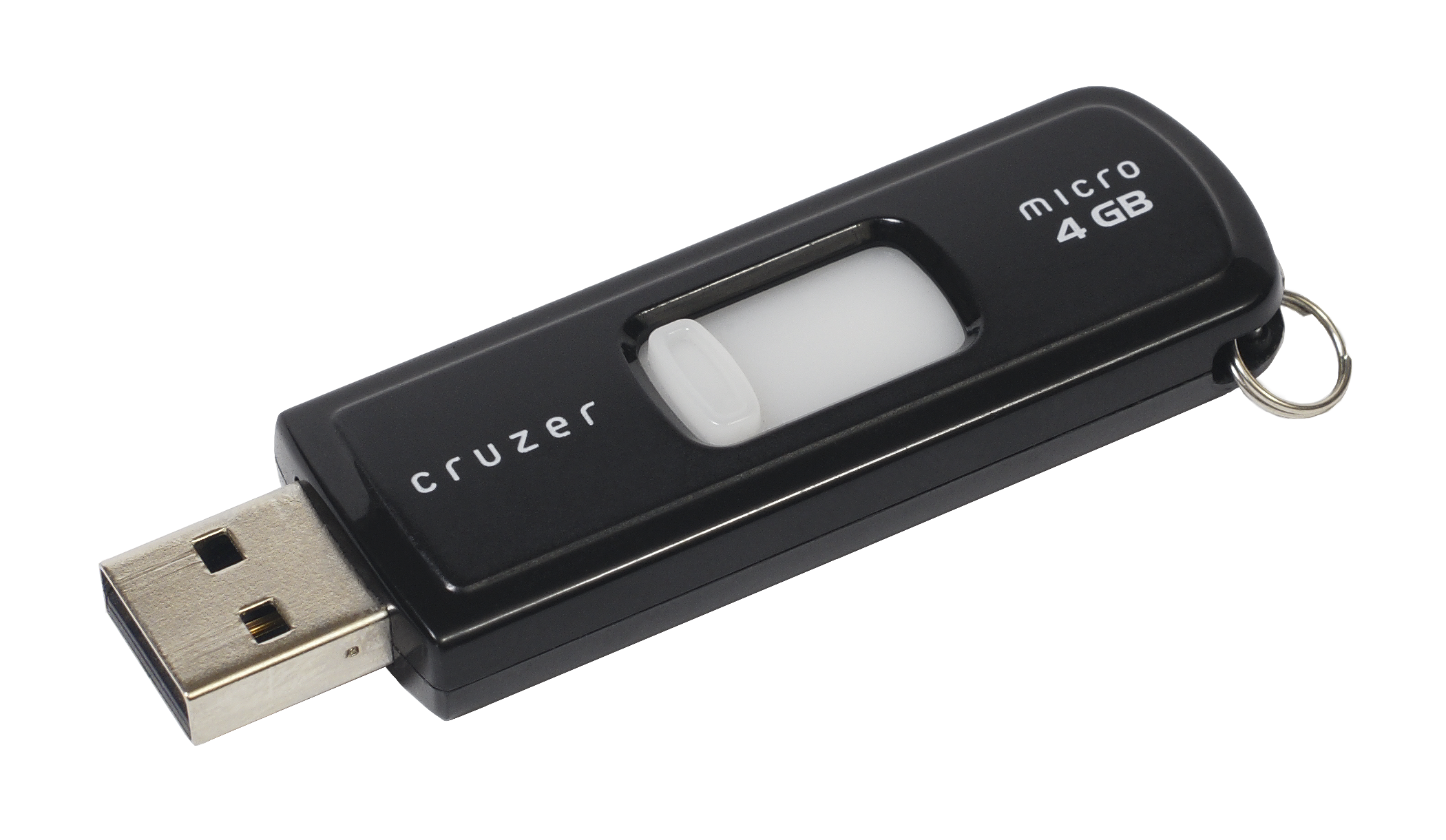Group Roles: In order to effectively collect and analyze data while ensuring that each group member is a part of each step of the process.
Data Collecting: Data Recorder – Hannah; Data Collector 1 – Hunter; Data Collector 2 – Emma
Analyzing/Synthesis: Comparing Differences in Radiation – Hannah; Comparing Radiation to Power – Emma; Research on Safety of Radiation Levels – Hunter
Equipment Used: RF Meter (to test EM field strength around the microwaves at various locations), WattsApp (to measure the microwaves’ power), ~9 microwaves (of various models, ages, and conditions), TI-30X Calculator, Pencils, Notebooks
Science/Technology Involved: When the microwave is turned on, the magnetron, an electron tube in the upper part of the oven, generates microwaves to excite molecules and heat the food. Despite protective measures to ensure as little radiation seeps through the microwave as possible, such as the metal behind the door and the metal walls meant to reflect the radiation, absorption and leakage occur nonetheless while the microwave is on. These waves penetrate past the microwave, exciting molecules, to generate an electromagnetic field that emits some amount of radiation. The government has deemed this radiation safe to the human body based on the Specific Absorption Rate (SAR), the rate at which our bodies absorb energy, but others disagree that this exposure is dangerous nonetheless.
The Watts Up Pro meter will also provide us with the technology to measure the power (watts) that each microwave uses to function. With this data we can track correlations between power, and the strength of the generated EM fields.
“Microwave Ovens,” Federal Office of Public Health, 2009. http://www.bag.admin.ch/themen/strahlung/00053/00673/03752/index.html?lang=en
Activity Plan: We will measure the strength of the EM field while a microwave is on and compare how different microwaves emit more or less radiation. Furthermore, we will test different sides and distances from a microwave to determine if the radiation is 1) stronger at a certain side of the microwave (in the front, or closer to the magnetron, for example) and 2) if the field drops off after a certain distance.
On Friday, February 7th, at 1:00 pm we will walk around to different dorms to determine the status of each microwave. We predict many of them will be relatively the same model, but if some seem much older or have a lot of wear and tear (for example, the front screen has a hole in them) we will collect data on those individuals to see if there is a correlation between age/wear and tear and EM radiation. We will also compare power output and radiation. We will record the power output labeled on each microwave to do so.
We will collect our data on Saturday, February 8th at noon. We would like to test different microwaves both provided by the college and those provided by MicroFridge. We hope to test multiples of each brand to ensure our results are consistent. We will use an RF meter to measure the strength of the EM field and use the setting “Max Average” to get an average measurement over the course of a few seconds of radiation emission. We will collect data in the following table:
|
Sample # |
Location |
Brand |
Wear and Tear? |
|
M1 |
|||
|
M2 |
|||
|
M3 |
|||
|
M4 |
|||
|
M5 |
|||
|
M6 |
|||
|
M7 |
|||
|
M8 |
|||
|
M9 |
|
Sample # |
Power (Watts) |
EM Radiation from Front (1 cm) |
EM Radiation from Front (10 cm) |
EM Radiation from Front (20 cm) |
EM Radiation from Right (1 cm) |
EM Radiation from Right (10 cm) |
EM Radiation from Right (20 cm) |
|
M1 |
|||||||
|
M2 |
|||||||
|
M3 |
|||||||
|
M4 |
|||||||
|
M5 |
|||||||
|
M6 |
|||||||
|
M7 |
|||||||
|
M8 |
|||||||
|
M9 |
After we have collected the data, we will compile research on various proposed safety levels of microwave radiation, and compare our findings.
Expected Outcomes: Our group expects to confirm the safety of standard consumer model microwaves in regards to the level of microwave radiation emitted. This is due to the rapid falloff in radiation over distance as well as the strict safety standards established by the FDA. The more interesting analysis will be any correlation between the level of radiation, power usage of the unit, and cost of the unit. We expect to find high power microwaves emit higher levels of radiation (though still at safe levels). While cheaper units may theoretically result in less safety precautions, FDA standards should prevent this at any noticeable level.
Emma Foley; Hunter Furnish; Hannah Tobias
